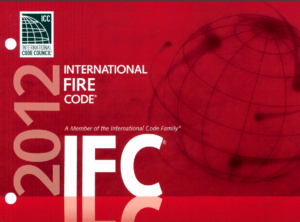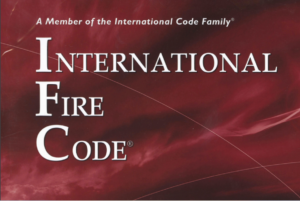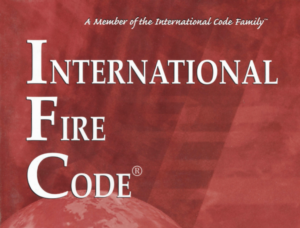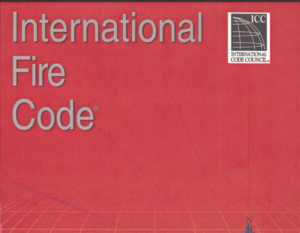The 2016 edition of NFPA 20 outlines standards for the installation of stationary pumps used in fire protection. This standard provides comprehensive guidelines on the selection, installation, and maintenance of pumps that deliver liquid for fire suppression systems, ensuring that such systems operate effectively and reliably in the event of a fire.
Originally, fire pumps were merely supplementary to primary water sources for fire suppression systems. Over the years, their role has evolved significantly, with modern fire pumps now often serving as the primary or sole water supply source. This edition of NFPA 20 reflects the latest advancements in technology and changing requirements in fire protection, incorporating new developments and omitting outdated practices.
Significant updates in this edition include the introduction of specific requirements for multistage, multiport pumps, which are increasingly used in modern fire suppression systems. The standard also provides updated criteria for the installation of pumps arranged in series, emphasizing the protection of control wiring and communication systems.
Additionally, this edition addresses the integration of internet-connected controllers into fire pump systems, ensuring that these components are secure against potential cyber threats. New guidelines are also included for automatic fuel maintenance systems for diesel fire pumps and detailed requirements for the physical protection of pump rooms.
NFPA 20 continues to evolve with each edition to address new technologies, improved engineering practices, and the needs of the fire protection community, ensuring that fire pump installations provide a high level of reliability and performance in protecting life and property.






